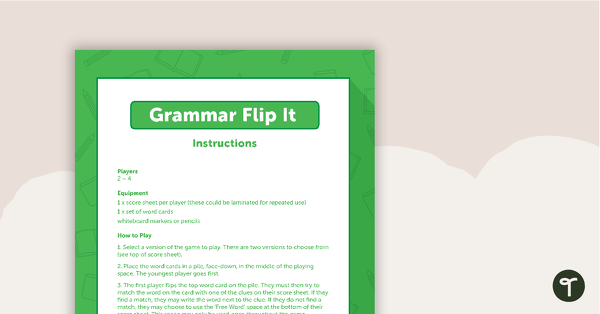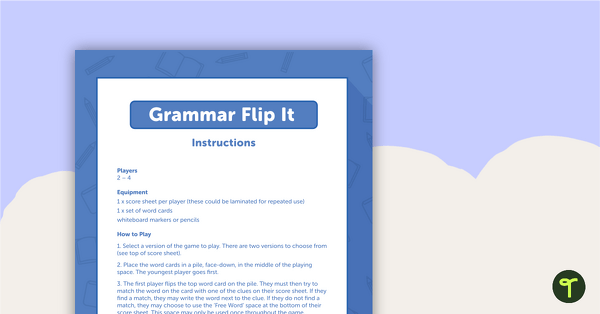Teach your students how to use homophones correctly in their writing with this comprehensive set of teaching slides.
Introduce Homophones to Your Students
Are you tired of seeing homophones correctly spelled in your students’ writing?
Are you always seeing spelling mistakes such as…
- Your instead of you’re?
- There instead of their?
- To instead of too?
Homophones are words that sound the same when spoken, but have different meanings and different spellings. This makes it especially tricky when our students use these words in their writing! When dealing with homophones, it is important for our students to learn which spellings belong with which definitions so they can select and use the correct word in their writing.
Ready-Made Lessons on Homophones
This comprehensive teaching slide deck has been created to teach your students what homophones are, and to introduce them to some of the most common sets of homophones. The homophones are explored in context (sentences) with visual representations in the form of photographs to help them connect the word, its correct spelling and its meaning.
The homophones specifically addressed in this presentation include:
- Their, there and they’re
- Wear, where and we’re
- Your and you’re
- Yo, two and too
- By, buy and bye
A student activity is included after each group of homophones is introduced so that students may practise using these words in context.
It’s As Easy As Download, Project, Teach!
Use the dropdown menu to access the Microsoft PowerPoint or the Google Slides version of this resource.
Project onto your interactive screen and work through the slides for a ready-made, paperless vocabulary lesson!
Click below for more great resources to use when exploring homophones with your students!

teaching resource
Homophones Poster Pack
Surround your students with examples of homophones with this set of 20 classroom posters.

teaching resource
I Have, Who Has? Homophones Game
Play a whole-class game to review common homophones and their meanings.

teaching resource
Homophones Bingo
Make learning about homophones and their definitions an engaging whole-class activity with this homophones bingo game.












Hi There, The word BUY is at the top of the slide which refers to BYE as a salutation. I can fix it in PowerPoint, but you may wish to fix it also :)
Hi Sebastian, Thanks for your comment. That is all fixed now! Members can report errors using the Report an Error tab above. This tab can be found near the comments section.
Great resource, makes planning my lesson on homophones a breeze. Thank you.
Hi Veronica, Thanks for your lovely comment. We are glad this resource has been useful to you! Kind regards, Holly